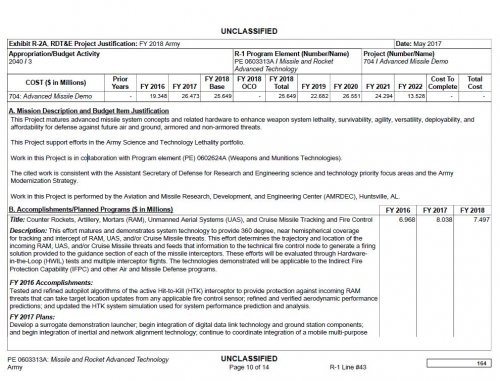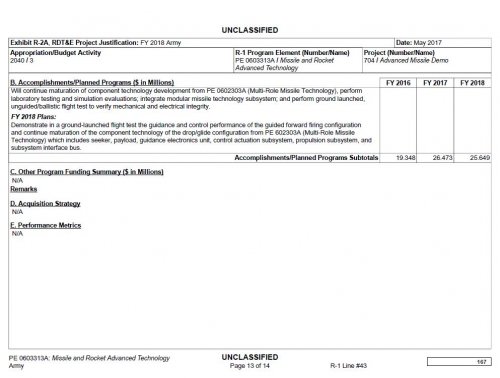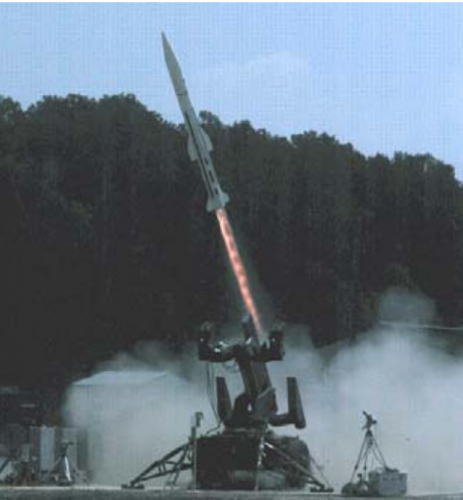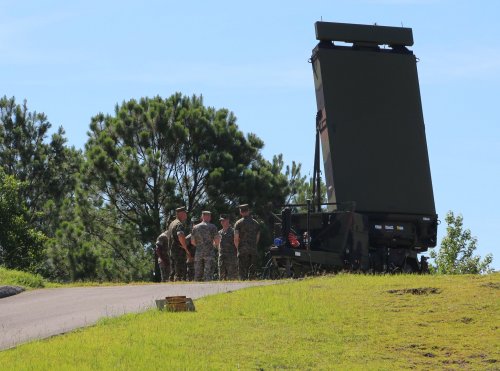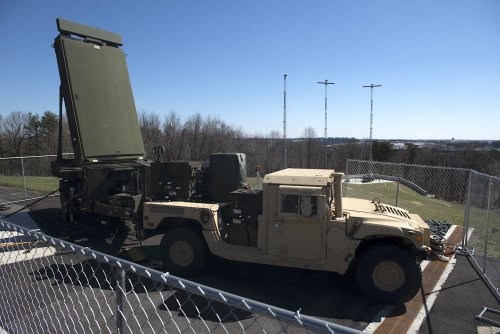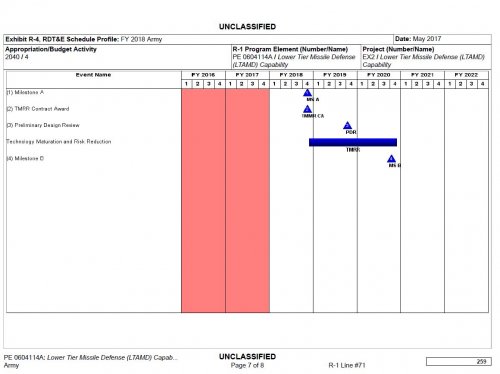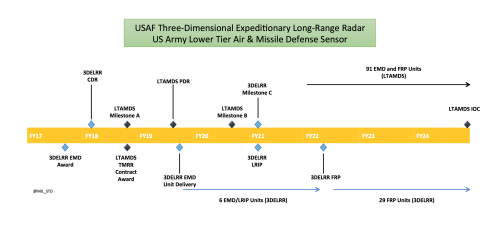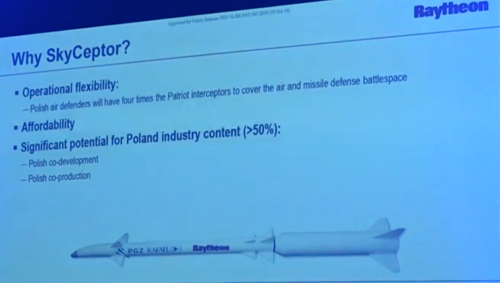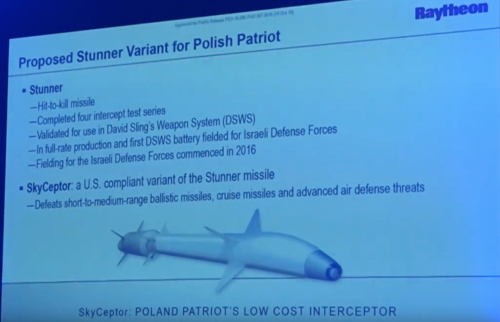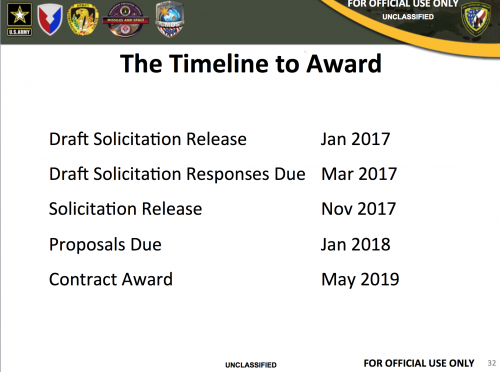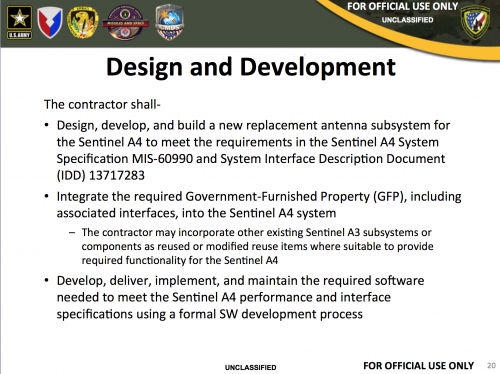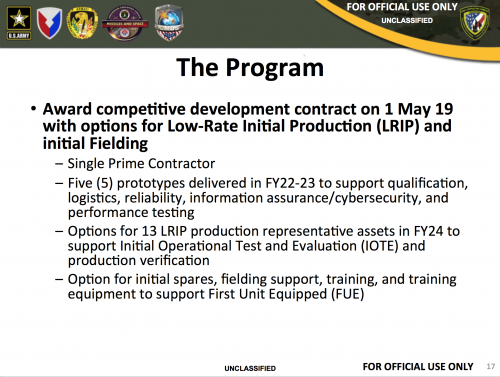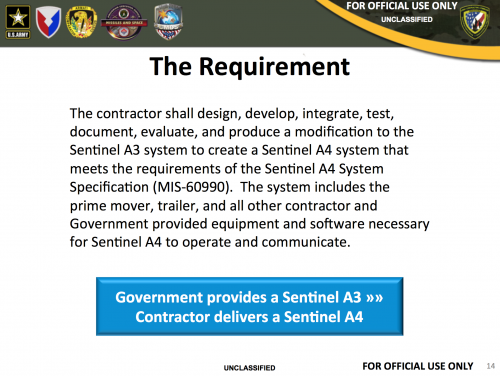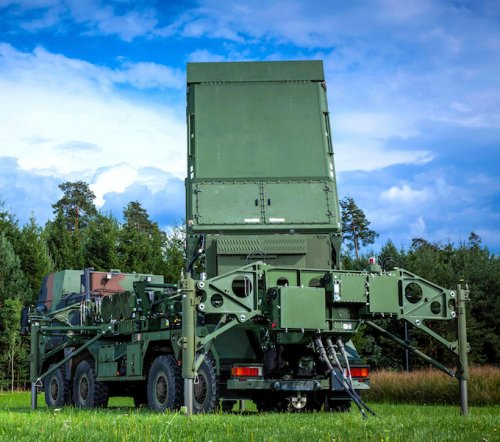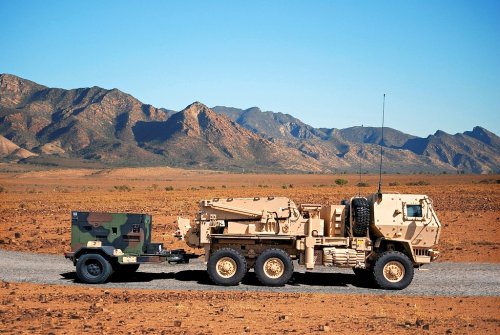bring_it_on said:
But the Aster-30 is a medium range SAM as well so I don't see a long range interceptor option unless Sweden goes for the Patriot and gets the PAC-2.
It's correct that SAMP/T is a medium range system, but depending on the target the range is still 3-4 times as large as MEADS.
bring_it_on said:
Is long range surface to air interception a part of their doctrine? Is this something they are actively seeking? If so, they'll have to essentially ask for a new interceptor as short of the Patriot with its TVM based PAC-2 you aren't going to get something that has 150+ km capability and is operational.
It's an important part of the new system. I would actually dare to say that it is more important than the anti-ballistic capability, that is not much talked about at all.
The most important thing for the Swedish military, in case of a conflict, is to hold onto the island of Gotland in the middle of the baltic. With 6 system of SAMP/T (assuming 2 systems operating together on the same location) the whole cost of southern Sweden can be closed of. With Patriot that capability would be even greater. That's just something the current MEADS can't do.
When talking about SAM-system range isn't everything, and there is a lot more variables that affect how it works. Range is however one of the more important factor of the system.
bring_it_on said:
I can see that work for a Patriot user but if you are looking at a new missile, may as well look to create a PAC-3 PAC-3 MSE derivative where you can still pack 6-8 large diameter missiles within the same launcher.
A PAC-3 derivative would however be more expensive. The diameter would probably be increased enough that a new launcher would be required just as with the PAC-2. If the wings on the PAC-2 were changed to be foldable a vertical launcher with 8 missiles would be possible just in the same way.
bring_it_on said:
As things currently stands, SAMP/T does not yet field an AESA. They may move to a larger S band AESA but that is still being discussed and is not an active program of record.
Hard to say about that, Singapore specified that they did not care for the Arabel radar and wanted the Ground Master 200 which is an AESA. Hard to say if their SAMP/T's are operational yet or not as the country is very secretive about such things, but they have had the radars for a few years:
If SAMP/T is chosen for us SAAB would supply the main radar, more specifically the GaN-based Giraffe 4A that Sweden have already ordered a few examples of:
And the already fielded Giraffe AMB for close-in defense above the trees:
If Patriot is chosen swedish sensors would be integrated further down the road when IBCS is ready. Probably not as main sensor though.
One of the things against the Patriot is that the army fear they will have to pay deeply for the future upgrades with IBCS and the new main sensor. Waiting for the new sensor is not an alternative, but sitting on ~8 of the current sensor of no use in 10 years time, when the new radars have been bought, is also not a very good option.
However, a strong thing talking for Patriot is that it is american. If we here in Sweden get into a real conflict with russia we sure as hell is not going to call on France to save us. It will be America all the way.
The biggest defense exercise here in Sweden since the cold war will take place this fall. All of the sudden France is very willing to participate with the SAMP/T system. America will also participate with the *surprise* Patriot system. However America have always participated in or exercise drills for the last two decades, unlike France who just want to sell it's system.
bring_it_on said:
So if you look at things there are certain advantages to going for either MEADS or Patriot when it comes to sensors and networking particularly the plug and fight nature of MEADS and IBCS which is of particular importance since the German MEADS configuration would as part of the package integrate IRIS-T which the Swedes use anyway.
Personally I favor the Patriot system. If the Swedish Defense Materiel Administration (who handles all acquisitions to the defense forces) is free to go by the requirements and by the systems characteristics the SAMP/T will win. However it seems lately that the politicians have stepped in (as the purchase is of such a big nature, second only to JAS Gripen in cost) and that talks for the Patriot.
We will have to wait and see which one is picked.
Under current plans a system will have to be picked ASAP, as the plan is to have the first units in place for 2020. However there is no rush to pick a system IMO. There is absolutely no money for it under the current budget and there is no signs that enough money will be contributed by the politicians.
The army even specifically specified in this years budget basis that the acquisition will have to be pushed down the road unless more funds is made available. And we are talking big funds, not peanuts (around 1 billion USD for 2019-2020, which is a lot if your yearly budget is only around ~6 billion USD).

